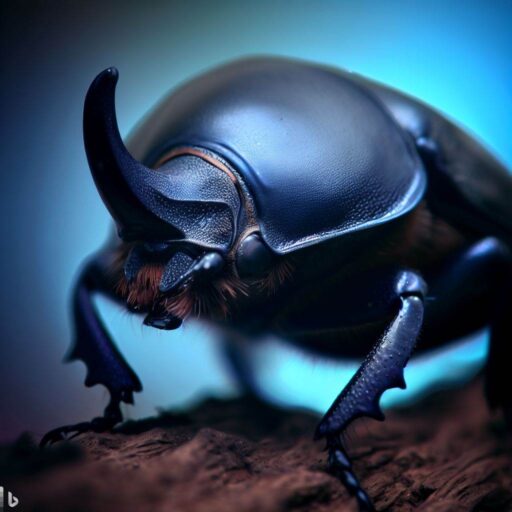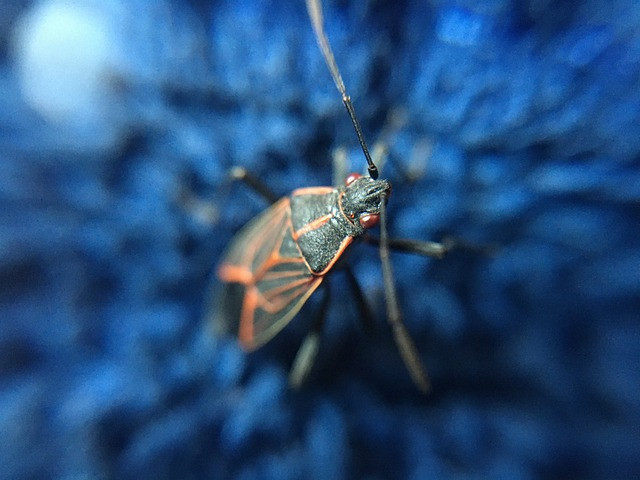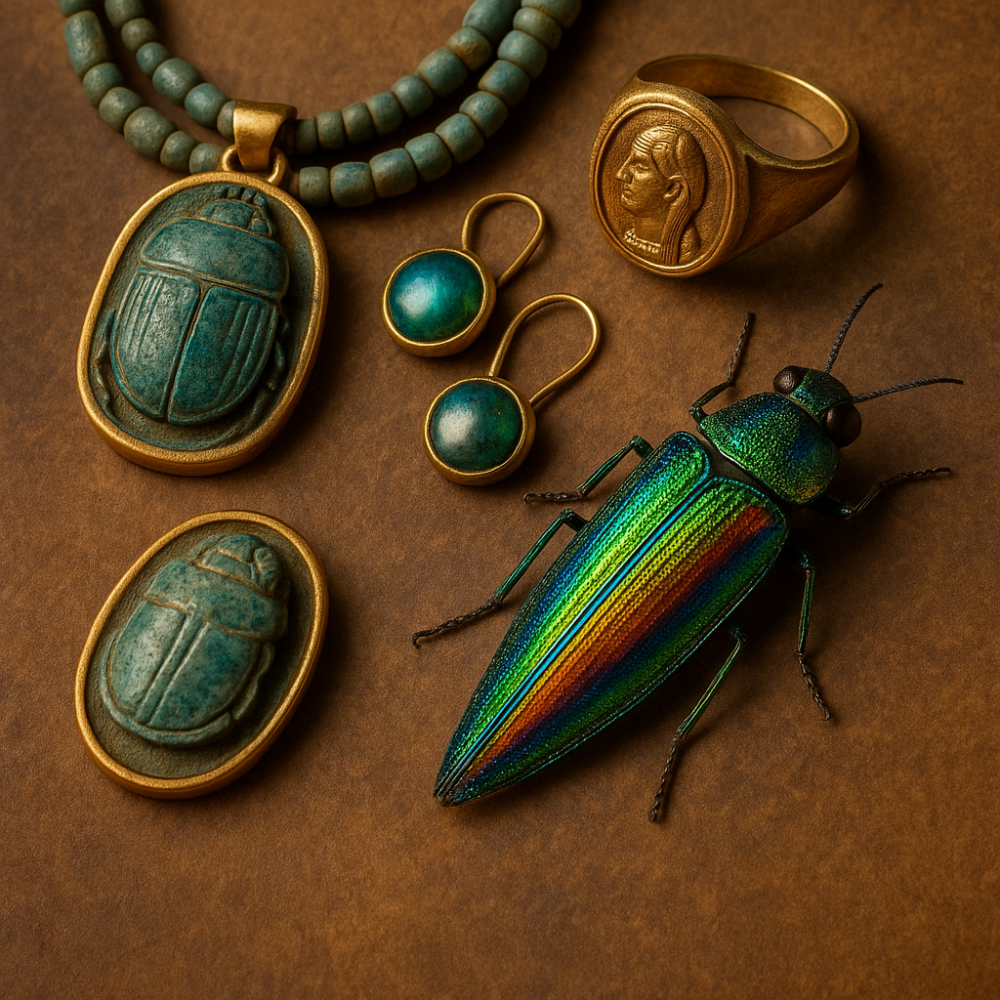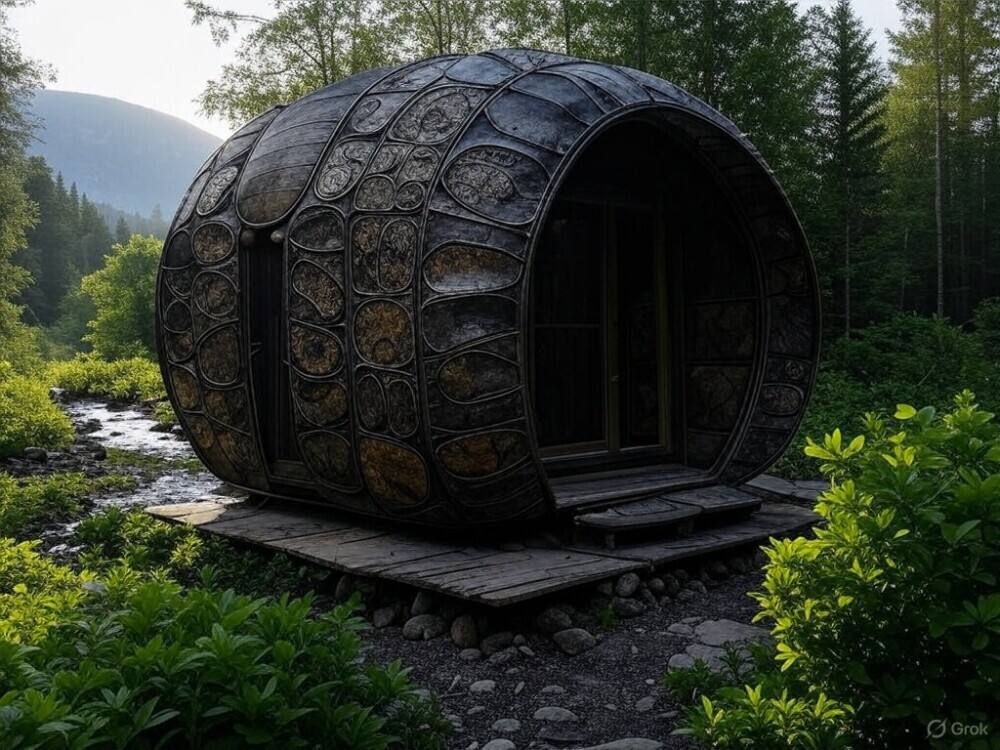.jpg)
- Boxelder bugs are active in different seasons depending on their location. In Eastern Canada, they are active during specific seasons, while in Western United States, they are considered fall pests.
- During the summer, Boxelder bugs feed on a variety of plants, including boxelder, maple, and ash trees. They can also feed on other vegetation such as grasses, flowers, and crops.
- In the winter, Boxelder bugs enter a hibernation-like state and do not feed. They seek shelter in warm and protected areas, such as homes, buildings, or under tree barks.
With the changing seasons, boxelder bugs make their presence known in both Eastern Canada and Western United States.
Discover the active seasons of boxelder bugs in Eastern Canada and how they become pests during the fall in Western United States.
Get ready to uncover fascinating facts about the feeding habits and behaviors of these intriguing insects.
Eastern Canada Boxelder Bugs Active Seasons
Eastern Canada Boxelder bugs have active seasons.
Summer and fall months offer warm weather, perfect for their activity.
Boxelder trees in their habitat provide food and shelter.
Summertime sees them feeding on sap and other plants.
When fall arrives, they flock to sunny surfaces, such as walls and rocks, to bask in the sun’s warmth.
Seasonal changes and temperature fluctuations affect their behavior.
They congregate near food sources and in large groups.
In conclusion, Eastern Canada Boxelder bugs are lively during summer and fall when temperatures are warm.
Their diet consists of boxelder tree sap and vegetation.
Additionally, they come together to absorb the sun’s heat in the fall.
Western United States Fall Pests
Boxelder bugs are a type of pest which is common in the Fall in the Western United States.
But, there can be other pests too. It changes according to the climate and location.
So, homeowners must be aware of these pests and take preventive steps.
To tackle this, follow these steps:
- Understand the behavior of Fall Pests in the Western United States.
- Seal any cracks and openings in the buildings.
- Remove fallen fruits and nuts, as they can be food sources.
- Use insecticides, if needed.
- Maintain yards and gardens regularly.
What Do Boxelder Bugs Eat in the Summer?

Boxelder bugs eat the seeds, leaves, and flowers of boxelder and other maple trees. In summer, they feast on the abundant foliage and reproductive organs.
They are also attracted to the sap of wounded trees. Plus, they feed on fallen fruits and seeds that have dropped to the ground.
So, in summer, boxelder bugs feed on various parts of boxelder and other maple trees, and any available fruit or seeds.
What Do Boxelder Bugs Eat in the Winter?
Boxelder bugs switch up their eating habits in the winter. They mainly feed on boxelder and maple tree seeds. These bugs get the nutrients they need from the seeds. This sustains them and keeps their energy up through the cold season.
Boxelder bugs favor boxelder and maple tree seeds. But, if needed, they eat other plants and even small insects. That way, they make sure to survive during winter, adjusting to the changing environment.
It’s important to understand boxelder bug feeding habits in winter. Knowing that they feed on boxelder and maple tree seeds helps us take measures to protect our plants.
We can avoid infestations by removing the seeds near our homes and gardens. Being proactive is key, so we don’t have to deal with big issues later.
Taking preventive action is the best way to protect our plants from boxelder bug infestations this winter.
How to Prevent and Control Boxelder Bug Infestations

Boxelder bugs can be a nuisance, but there are ways to keep them away. To protect your home and garden:
- Get rid of their food sources such as boxelder, maple, and ash trees.
- Seal any cracks and openings around your windows, doors, and foundation.
- Vacuum and dispose of any bugs you find inside your home.
- Use insecticides if the infestation is severe.
- Ask a professional pest control service for help if needed.
To reduce the presence of boxelder bugs, keep your home cool in the warm months and perform regular cleaning. With these preventive measures, you can avoid an infestation and have a comfortable living space.
Conclusion

When dealing with boxelder bugs, it’s important to consider their behavior and traits. These bugs main food source is the sap of boxelder trees. But they can also eat other plants’ seeds, leaves, and flowers.
Their mouthparts allow them to extract sap from the trees. They can survive without boxelder trees too.
During fall and winter, boxelder bugs gather in large numbers on sunny sides of buildings. They just want shelter and warmth.
Although their presence is annoying, they don’t present any danger to humans or structures.
To manage boxelder bugs, remove boxelder trees near your property. This reduces the attraction for the bugs. Also, seal cracks or gaps in your building’s exterior to prevent their entry.
Taking preventive measures will minimize the nuisance caused by boxelder bugs and help you maintain a pest-free environment.
Some Facts About What a Boxelder Bug Eats:
- ✅ Boxelder bugs feed on the seeds, developing leaves, and occasionally fruit of various plants including box elder, maple, ash, cherry, plum, peach, apple, grape, strawberry, and some grasses.
- ✅ Boxelder bugs are particularly dependent on the female boxelder tree for food.
- ✅ During the winter, boxelder bugs enter a dormant state similar to hibernation since their plant-dependent diet is not available.
- ✅ Boxelder bugs primarily rely on boxelder trees for their nutritional needs, including seeds, leaves, and tree sap.
- ✅ Boxelder bugs may also migrate to other tree species and fruit trees to find food, and their feeding habits can cause slight damage to trees and fruits.
FAQ
What does a boxelder bug eat during the warmer months?
During the warmer months, boxelder bugs primarily feed on the seeds, developing leaves, and occasionally fruit of various plants, including boxelder, maple, ash, cherry, plum, peach, apple, grape, strawberry, and some grasses.
Do boxelder bugs rely on seed-bearing boxelder trees for food?
Yes, boxelder bugs are particularly dependent on the female boxelder tree for their nutritional needs. They feed on boxelder tree seeds and newly developing leaves.
Where do boxelder bugs gather during fall and spring?
In the fall and spring, boxelder bugs are often seen congregating in warm spots, such as warm rocks, trees, and buildings, before migrating indoors or to overwintering sites.
Do boxelder bugs cause damage during colder weather?
No, during colder weather, such as the frigid winter chill, boxelder bugs enter a winter-dormant state similar to hibernation. They do not eat anything indoors during the winter as they rely on their energy stores to sustain them.
Can boxelder bugs wreak havoc on trees and fruits?
While boxelder bugs’ feeding habits are not highly destructive, they can cause slight damage to trees and fruits. They may cause discoloration of foliage and can feed on the fruits of plum and apple trees.
What should be done if there is a boxelder bug infestation?
If there is a suspected boxelder bug infestation, it is recommended to call a licensed pest professional to evaluate and assess the problem. They can provide effective solutions to control and remove the infestation.





Leave a Reply